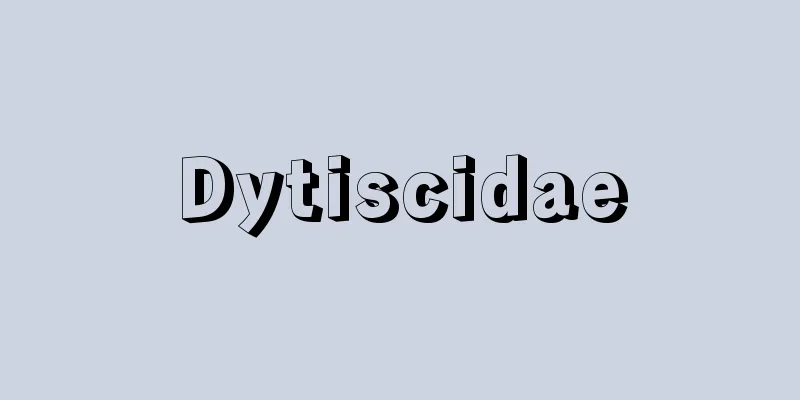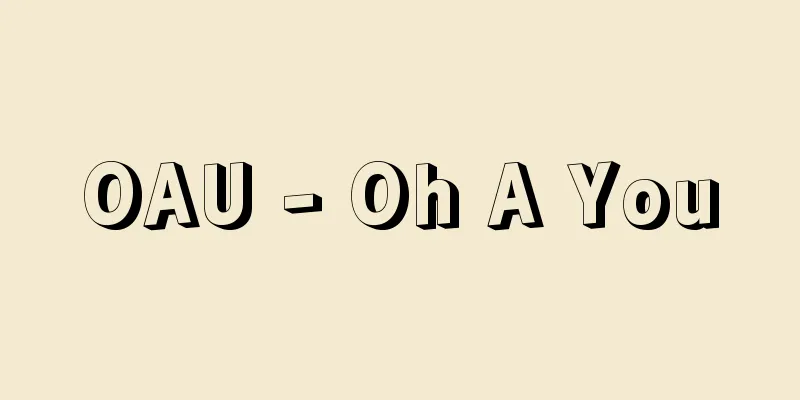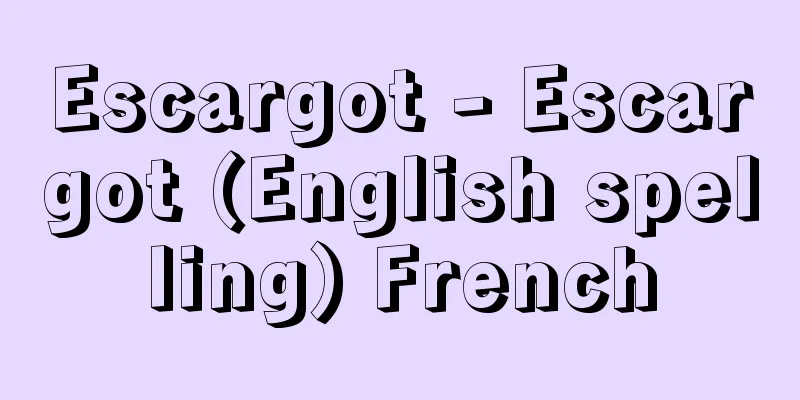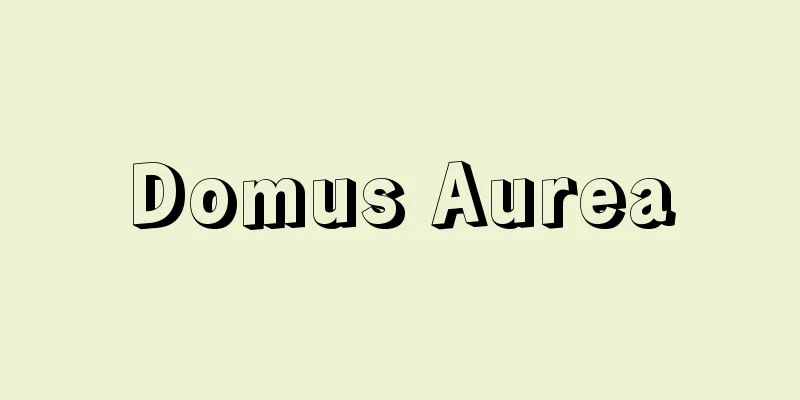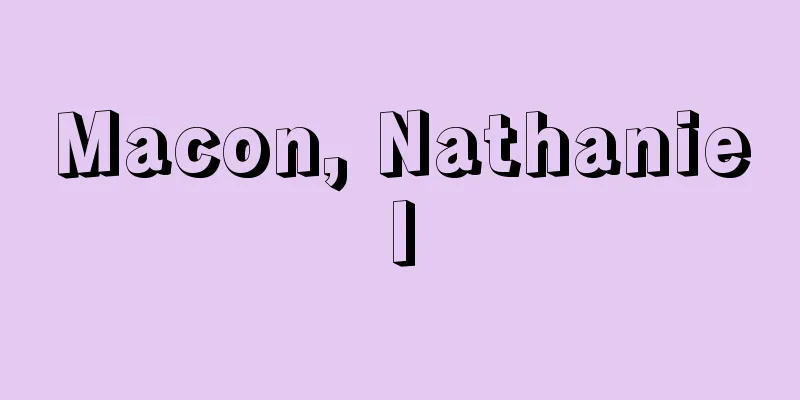Jurchen script
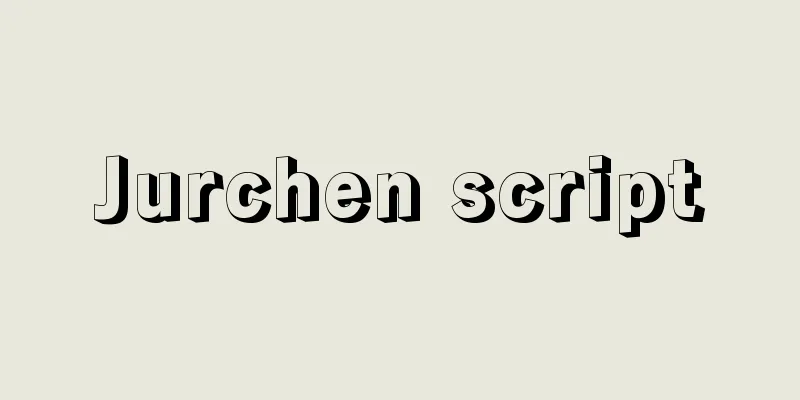
|
The Jurchen script was created by the Jin Dynasty Jurchen people to write the Jurchen language. The Jurchen language is a type of Tungusic language of the Altaic language family. There are two types of Jurchen script: large and small. The Jurchen large script was created and distributed in 1119 by Wanyan Xiyin (?-1140) at the command of Taizu Aguda. Xiyin is said to have created the Jurchen large script based on the Khitan script. The Jurchen small script was created in 1138 during the reign of Emperor Xizong, and began to be used in 1145. There are two theories about large and small scripts: (1) all extant Jurchen scripts are Jurchen large scripts, and Jurchen small scripts have not yet been discovered, and (2) most of the extant Jurchen scripts are large scripts, but small scripts are characters that are combinations of several large scripts. Jurchen script is written line by line from top to bottom and right to left, just like classical Chinese. The origins of the characters include (1) those based on Chinese characters and created by increasing or decreasing the number of strokes, (2) those based on Khitan characters and created by increasing or decreasing the number of strokes, and (3) those that are the Khitan characters directly used as Jurchen script. In terms of syllables, there are those that represent one syllable per character, those that represent two or three syllables per character, and those that represent one syllable with two or three characters. Jurchen language materials include (1) written materials, (2) epigraphy and stone inscriptions, and (3) calligraphy materials. [1] The documentary materials include (1) the “Jurchen Translation” and “Jurchen Translation” in the “Hua-yi Translation” compiled by the Four Barbarians of the Ming Dynasty, and (2) the “Jurchen Translation” in the “Hua-yi Translation” compiled by the Huitong Guan of the Ming Dynasty. (1) compares the Jurchen characters with the pronunciation of Chinese characters and includes Chinese translations, but (2) does not contain the Jurchen characters. [2] Among the inscriptions on epigraphy and stone are the “Great Golden Winning Tathagata Monument,” “Monument with the Title of the Jurchen Scholars,” “Yongning Temple Monument,” “Okuton Ryohitsu Poetry Monument,” and “Calligraphy Monument of the Jurchen Kingdom in Qingyuan County.” (3) The calligraphy materials include the “Jurchen inscription on the White Pagoda” in Hohhot city and the “Jurchen script document expressed at the top of the Book of Filial Piety on a stone platform in Shaanxi”. The vocabulary of Jurchen and Manchu is completely the same in some cases, but there are also many differences. However, among the Tungusic languages, the two are the closest, and are genealogically related, so Jurchen is considered to be the proto-language of Manchu. [Yoshihiro Kawachi] [Reference items] | | | |©Shogakukan "> Jurchen script Source: Shogakukan Encyclopedia Nipponica About Encyclopedia Nipponica Information | Legend |
|
金(きん)代の女真族が女真語を写すために創造した文字。女真語はアルタイ語系のツングース語の一種である。女真文字には大字と小字の2種がある。女真大字は太祖阿骨打(アクダ)の命により1119年完顔希尹(ワンヤンきいん)(?―1140)がつくり頒布したもの。希尹は契丹(きったん)文字に倣って女真大字をつくったという。女真小字は煕宗(きそう)の1138年に作成され、1145年から使われ始めた。大字と小字については、(1)現存する女真文字はすべて女真大字であって、女真小字はまだ発見されていない、とする説と、(2)現存する女真文字の大部分は大字であるが、いくつかの大字を組み合わせた字が小字である、という説とがある。 女真文字は漢文と同じく上から下へ、右から左へ行を追って書かれる。文字の成り立ちは、(1)漢字を基本とし、これに筆画を増減させてつくったもの、(2)契丹文字を基本とし、これに筆画を増減させてつくったもの、(3)契丹文字をそのまま女真文字としたものがある。音節では、1字で1音節のもの、1字で2~3音節のもの、2~3字で1音節を表すものなどがある。 女真語の資料には、〔1〕文書資料、〔2〕金石文、〔3〕墨跡資料がある。 〔1〕文書資料には、(1)明(みん)の四夷館(しいかん)の編纂(へんさん)した乙種本『華夷訳語(かいやくご)』中の「女真館訳語」と「女真館来文」、(2)明の会同館が編纂した丙種本『華夷訳語』中の「女真訳語」がある。(1)には女真文字と漢字音とを対比させ、漢字訳語を付してあるが、(2)には女真文字は記されていない。 〔2〕金石文には「大金得勝陀頌(だしょう)碑」「女真進士題名碑」「永寧寺碑」「奥屯良弼(おくとんりょうひつ)詩碑」「慶源郡女真国書碑」などがある。 〔3〕墨跡資料にはフフホト市「白塔女真文題字」「陝西(せんせい)石台孝経頂部発現女真字文書」などがある。 女真語の語彙(ごい)と満州語の語彙とは、完全に一致するものもあるが異なるものも少なくない。しかしツングース諸語のなかでは両者はもっとも近く、両者は系譜的に連なるので、女真語は満州語の祖語であると考えられる。 [河内良弘] [参照項目] | | | |©Shogakukan"> 女真文字 出典 小学館 日本大百科全書(ニッポニカ)日本大百科全書(ニッポニカ)について 情報 | 凡例 |
>>: Collection of the Deities' Wishes - Shoshinhonkaishu
Recommend
Rice dwarf disease
...Cucumber mosaic virus, potato Y virus, and oth...
Kiryu Textiles - Kiryu Textiles
A general term for textiles produced in and aroun...
Luminoki - Luminoki
An evergreen shrub of the Rubiaceae family. It is ...
ACCADEMIA DELI INCANMINATI - ACCADEMIA DELI INCANMINATI
...Then in Rome, the Accademia di San Luca was fo...
Achalasia
A condition in which the muscles of the esophagus ...
Unazuki Onsen Incident
...Specifically, the content has been changed to ...
Zitelmann, E.
…The name “Weltrecht” comes from a lecture entitl...
Otto, JC - Oops
...Blood coagulation [Kuroki Yoshikazu] This dise...
Oston Hemigalus - Oston Hemigalus
...Three species are found in the Malay Peninsula...
Usakumai ruins - Usakumai ruins
...Agriculture includes rice and field crops, as ...
Kawakita [town] - Kawakita
A town in Nomi County in the southern part of Ishi...
The Watchtower
The Watchtower Bible is a popular periodical pamph...
Sir Frank Brangwyn
1867‐1956 British painter, printmaker, and designe...
Kasatkin, ID - Kasatkin
...later Archbishop (since 1906). Secular name: I...
Mr. Kaji
… In contrast, the powerful clans had a strong in...
